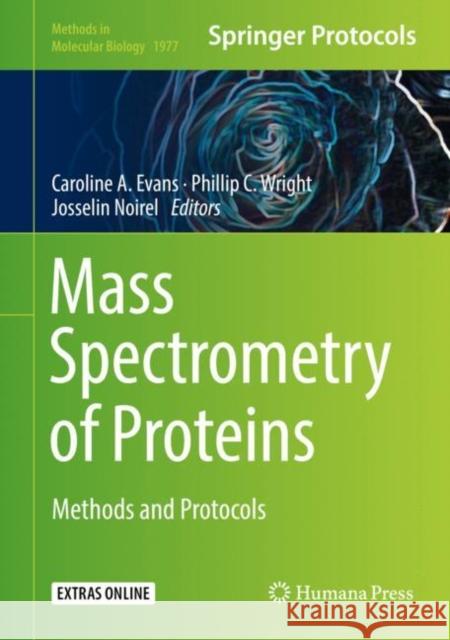Mass Spectrometry of Proteins: Methods and Protocols » książka
topmenu
Mass Spectrometry of Proteins: Methods and Protocols
ISBN-13: 9781493992317 / Angielski / Twarda / 2019 / 264 str.
Mass Spectrometry of Proteins: Methods and Protocols
ISBN-13: 9781493992317 / Angielski / Twarda / 2019 / 264 str.
cena 682,72
(netto: 650,21 VAT: 5%)
Najniższa cena z 30 dni: 655,41
(netto: 650,21 VAT: 5%)
Najniższa cena z 30 dni: 655,41
Termin realizacji zamówienia:
ok. 22 dni roboczych.
ok. 22 dni roboczych.
Darmowa dostawa!
Kategorie:
Kategorie BISAC:
Wydawca:
Humana Press
Seria wydawnicza:
Język:
Angielski
ISBN-13:
9781493992317
Rok wydania:
2019
Wydanie:
2019
Ilość stron:
264
Waga:
0.70 kg
Wymiary:
25.4 x 17.78 x 1.75
Oprawa:
Twarda
Wolumenów:
01
Dodatkowe informacje:
Wydanie ilustrowane











